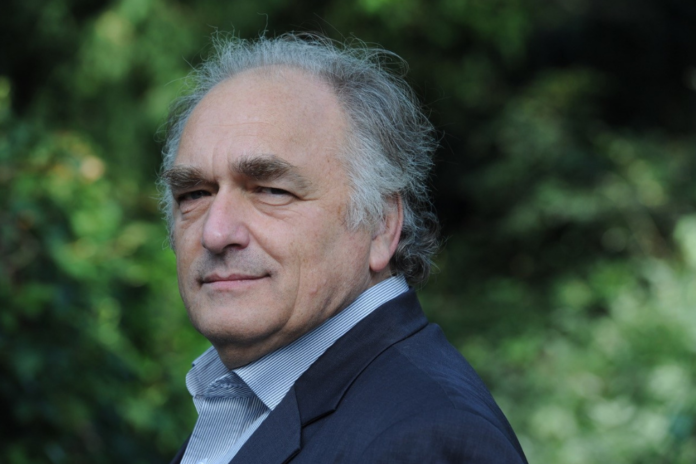Many persons within the traditional financial portfolio schemes will consider impact investing and philanthropy as the same concept. However, for Robert Rubenstein and many other out-of-the-box financial advisors, there is a sharp difference between the two, with very different measurable outcomes to the investor and the society at large.
Robert Rubenstein has over twenty years experience in his field and I had the pleasure of interviewing him at the Global Youth Forum in Paris, France hosted by Youth Time International on December 4th, 2018.
Rubenstein explains,
“Sustainable Investment is a big tent and within the tent you have subdivisions such as Impact Investing, Environment, Social and Governance Investment, Philanthropy and the like. But I view Impact Investment as an “illiquid investment” such as private equity, real estates, etc that will be there as a long-term investment that would transform the lives of not only the investor but a community and society.”
Therefore, impact investing it is not something that you can just throw money into and get out quickly if it is not trendy.
It is quite important to demystify the issues around impact investing. The most common one being that impact investing is strictly charity with zero returns. That is quite far from the truth because there are many organizations that exist for profit as well as non profit, that are transforming the global economy through their investment projects, that provide goods and services that brings both financial and social benefits to society. Other common myths suggest that impact investing is not a good deal with huge loses, no opportunities for scaling, high risk, often suffers risk of bad management, lack of training capacity and no sustainable track record.
However, over the last two decades, Robert, the owner of Triple Bottom Line Investment Group based in Amsterdam, has focused on financial education for more value-based investment, an approach which considers social and environment risks. His company also hosts events and engage in capacity building workshops while providing advisory series on capital solutions and investment opportunities.
So if sustainable and impact investing is so risky, why is it close to a $400 USD billion industry? Definitely some investors understand how to do it right and there is room for further growth with this approach to business. The investment paradigm should shift to focus on people, planet and profit models where social equity, environmental quality and economic prosperity goes hand in hand. Consequently, products and services should maintain or improve social and environmental balance in society.

In order for impact investing to continue to take flight in today’s economy, there must be some drivers for its success.
Drivers to Success in Impact Investing
Some of the drivers include, but are not limited to:
- The role of emerging markets resources,
- bringing transformational ideas to the globe,
- resource efficiency,
- wealth holders integrating philanthropy and investment,
- regulations,
- stakeholder pressure,
- demand on employers and endowments to do better and
- even wealth management engagement with clients around impact.
It would be quite cynical to believe that all these drivers are functional at the same time in most countries. Unfortunately, it isn’t quite so, especially in developing regions such as Africa or the Caribbean. However, little by little progressive steps are being taken in some form in most societies to allow for a greater consciousness of impact investing and the drivers are being operationalised.
Serious investors will have a targeted interest and understand their markets. For a young investor, the advice given is to ensure that the investor states his interests and understands the potential markets for impact investment.
There are many popular key areas for impact investment today such as, food, energy, education, water, transportation and health care.
While there are many factors why impact investments may fail, one must continue to research the market and understand why people may invest in one product or another or in some countries rather than others. Serious investors will know what they want and have a clear understanding of his risk profile, such as whether he is willing to share a portion or integrate sustainability in his entire portfolio.

Why should you consider Impact Investing
- It usually has de-carbonized portfolios,
- opportunity for steady cash flow,
- offers yields and return on investment,
- may be associated with low technology risk,
- can work within business models of public private partnerships,
- has the opportunity to scale,
- has maintained a long track record in some industries and is definitely a viable option for investment opportunity.
In order to realize the goals of impact investing, there is a need for consistent education and capacity building which allows persons to understand that impact investing is strategic asset allocation and continue to develop this stream of investment to be mainstream business. Rubenstein highlighted that impact investment and sustainable return on investment, “is not a niche market, but a big party – we are just early.” However, eventually the entire world gets on board with impact investing to ensure we have a suitable future.



















